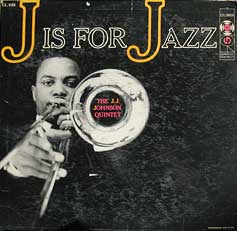Trombonist and proprietor of Hip Bone Music Michael Davis has been running his excellent Bone-to-Pick interview series for a while now. A little over a year ago, Davis featured the incomparable trombonist Bill Watrous. Watrous, who is full of stories, observations, and the occasional joke*, is a natural for this sort of thing, and that makes the interview fun to watch.

Sound Clip
- How Long Has This Been Going On?
*The Carl Fontana Joke
Watch the entire interview if you haven’t already, but for the joke as told by Carl Fontana to Watrous, check out 32 minutes 13 seconds.
When recalling his earliest — and fairly obscure — LP solo recordings, Bill mentions one whose title seems to be a 60s zeitgeist send-up: Love Themes For The Underground, The Establishment & Other Sub Cultures Not Yet Known. Watrous remembers the arranger Walter Raim talked him into the project when he was in New York City doing other recording work. Love Themes For The Underground, The Establishment & Other Sub Cultures Not Yet Known had interesting instrumentation in addition to Watrous’s trombone, consisting of string quartet, vibes, guitar, bass, and drums, plus voices. “I still have a copy of this. You can’t get these anywhere,” says Watrous.
Well, over at my favorite used record store, Hymies, I did find a copy of, you know, Love Themes For The Underground, The Establishment & Other Sub Cultures Not Yet Known. It was recorded in 1969 for MTA Records in New York (not to be confused with the current label of that name). Despite the high concept title, the recording is a standards outing with Aquarius (from the 1967 musical Hair) added in. (Also, did Aquarius ever really become a standard?) To be sure, it’s easy listening, but as the liner notes mention, using a string quartet — as opposed to a huge string section — changes up the usual “easy listening” texture. The arrangements are interesting — the tracks on this LP could have easily been used for Mad Men music cues.

